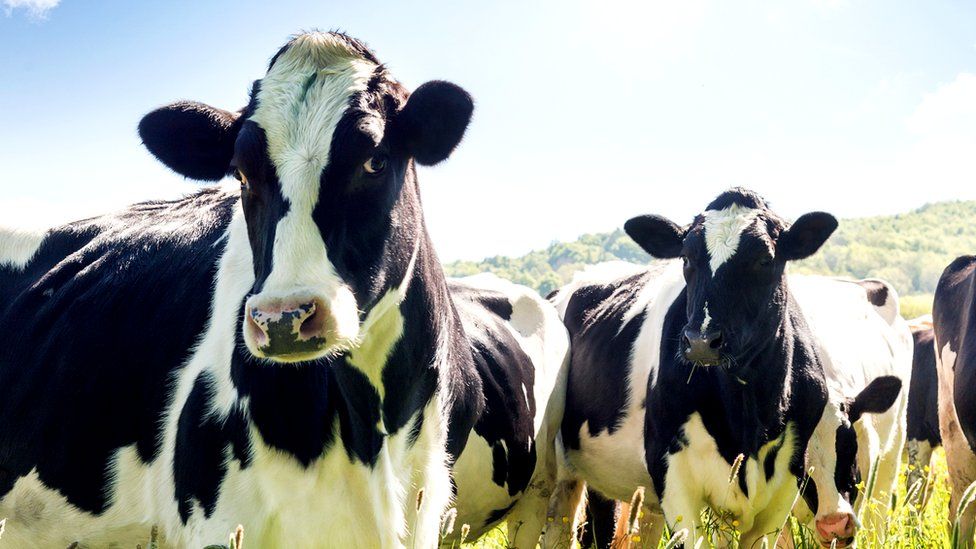
It's exactly 40 years since a Japanese soldier was found in the jungles of Guam, having survived there for nearly three decades after the end of WWII. He was given a hero's welcome on his return to Japan - but never quite felt at home in modern society.
For most of the 28 years that Shoichi Yokoi, a World War II Lance Corporal in the Japanese Army, was hiding in the jungles of Guam, he firmly believed his former comrades would one day return for him. And even when he was eventually discovered by local hunters on the Pacific island, on 24 January 1972, the 57-year-old former soldier still clung to the notion that his life was in danger.
"He really panicked," says Omi Hatashin, Yokoi's nephew.
Startled by the sight of other humans after so many years on his own, Yokoi tried to grab one of the hunter's rifles, but weakened by years of poor diet, he was no match for the local men.
Continue reading the main story
Shoichi's story
- Born in 1915 and conscripted in 1941 to serve in Manchuria, before being sent to Guam in 1944
- On his return to Japan he expressed embarrassment at having returned alive, rather than dying in the service of the emperor
- Japan had changed utterly during his three-decade absence - some found his stoicism and loyalty inspiring, others found it absurd
- He married in 1972, within months of his return and died in 1997, aged 82
- He longed to meet Emperor Hirohito - in the end he was granted Emperor Akihito in 1991
"He feared they would take him as a prisoner of war - that would have been the greatest shame for a Japanese soldier and for his family back home," Hatashin says.
As they led him away through the jungle's tall foxtail grass, Yokoi cried for them to kill him there and then.Using Yokoi's own memoirs, published in Japanese two years after his discovery, as well as the testimony of those who found him that day, Hatashin spent years piecing together his uncle's dramatic story.
His book, Private Yokoi's War and Life on Guam, 1944-1972, was published in English in 2009.
"I am very proud of him, he was a shy and quiet person, but with a great presence," he says.
Underground shelter
Yokoi's long ordeal began in July 1944 when US forces stormed Guam as part of their offensive against the Japanese in the Pacific.
 Yokoi's eel trap was one of his prize possessions
Yokoi's eel trap was one of his prize possessions "From the outset they took enormous care not to be detected, erasing their footprints as they moved through the undergrowth," Hatashin said.
In the early years the Japanese soldiers, soon reduced to a few dozen in number, caught and killed local cattle to feed off.
Continue reading the main story
The last holdouts
- Second Lieutenant Hiroo Onoda led a guerrilla task- force on the Philippine island of Lubang for many years after the end of the war. He doggedly refused to lay down his arms until formally ordered to surrender. Repatriated March 1974.
- Private Teruo Nakamura, a conscript from Taiwan, was found growing crops alone on the Indonesian island of Morotai in December 1974. He was repatriated to Taiwan where he died in 1979.
But fearing detection from US patrols and later from local hunters, they gradually withdrew deeper into the jungle.
There they ate poisonous toads, river eels and rats. Yokoi made a trap from wild reeds for catching the eels. He also dug himself an underground shelter, supported with strong bamboos.
"He was an extremely resourceful man," Hatashin says.
Keeping himself busy also kept him from thinking too much about his predicament, or his family back home, he said.
Return to Guam
Yokoi's own memoirs of his time in hiding reveal his desperation not to give up hope, especially in the last eight years when he was totally alone - his last surviving two companions died in flooding in 1964.
 Yokoi demonstrating the handmade loom he used in the jungle
Yokoi demonstrating the handmade loom he used in the jungle And of another occasion, when he was desperately sick in the jungle, he writes: "No! I cannot die here. I cannot expose my corpse to the enemy. I must go back to my hole to die. I have so far managed to survive but all is coming to nothing now."
Two weeks after his discovery in the jungle, Yokoi returned home to Japan to a hero's welcome.
He was besieged by the media, interviewed on radio and television, and was regularly invited to speak at universities and in schools across the country.
Continue reading the main story
Find Out More
- Omi Hatashin was interviewed for the BBC World Service programme Witness
- Witness airs every weekday, and tells history through the eyes of the people who were there
Hatashin, who was six when Yokoi married his aunt, said that the former soldier never really settled back into life in modern Japan.
He was unimpressed by the country's rapid post-war economic development and once commented on seeing a new 10,000 Yen bank note that the the currency had now become "valueless".According to Hatashin, his uncle grew increasingly nostalgic about the past as he grew older, and before his death in 1997 he went back to Guam on several occasions with his wife.
Some of his prize possessions from those years in the jungle, including his eel traps, are still on show in a small museum on the island.

No comments:
Post a Comment